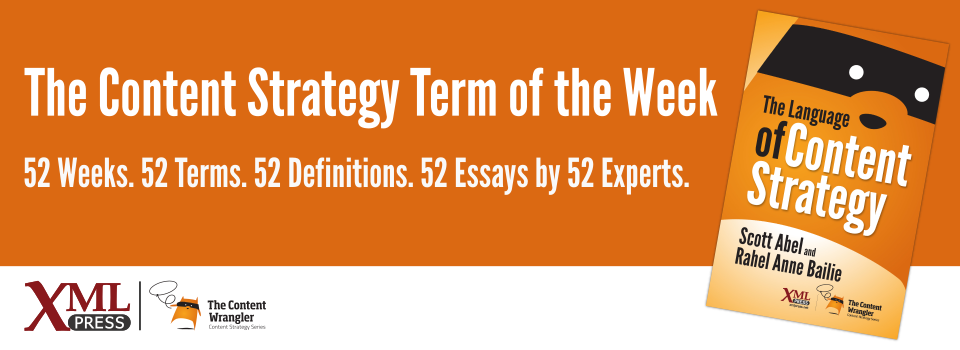What is it?
A methodology for specifying, designing, and deploying the digital documents needed to automate business processes and web services.
Why is it important?
Using a systematic approach to modeling documents and the processes that use them ensures that documents make sense for the people and applications that use them. A systematic approach also makes documents more robust and adaptable when technology or business conditions change.
Why does a content strategist need to know this?
Document engineering systematizes and synthesizes concepts and skills from information and process analysis, electronic publishing, business informatics, and web architecture. Content strategists may already be familiar with some of these disciplines, but document engineering brings them together into a focused, document-centric methodology.
Document engineering builds on the simple ideas that documents formalize the interactions between businesses and their customers or partners, and that the exchange of documents between these parties follows common patterns. Supply chains, web-based stores and marketplaces, government services, auctions, and numerous other types of network-enabled business and services models are examples.
Document engineering bridges seemingly incompatible approaches to designing and deploying document models. Narrative or publication document types have generally been designed using qualitative or even informal methods. Such design methods make narrative documents seem very different from transactional document types, which are generally designed using formal methods such as those of relational database theory in order to optimize them for automated applications.
Document engineering proposes that analyzing and understanding narrative and transactional document models involves reaching the same goals with different techniques: identifying content components, refining them to ensure that they are sound, organizing for reuse, and creating new document models from the collection of reusable content parts.
This enables document engineering to be applied to the entire range of document types, which is essential because most document-intensive processes involve a mixture of narrative and transactional types—think of filing personal income taxes, where you go back and forth between the instructions and the tax forms. In this light, document engineering is a natural consequence of audience analysis and user experience.

